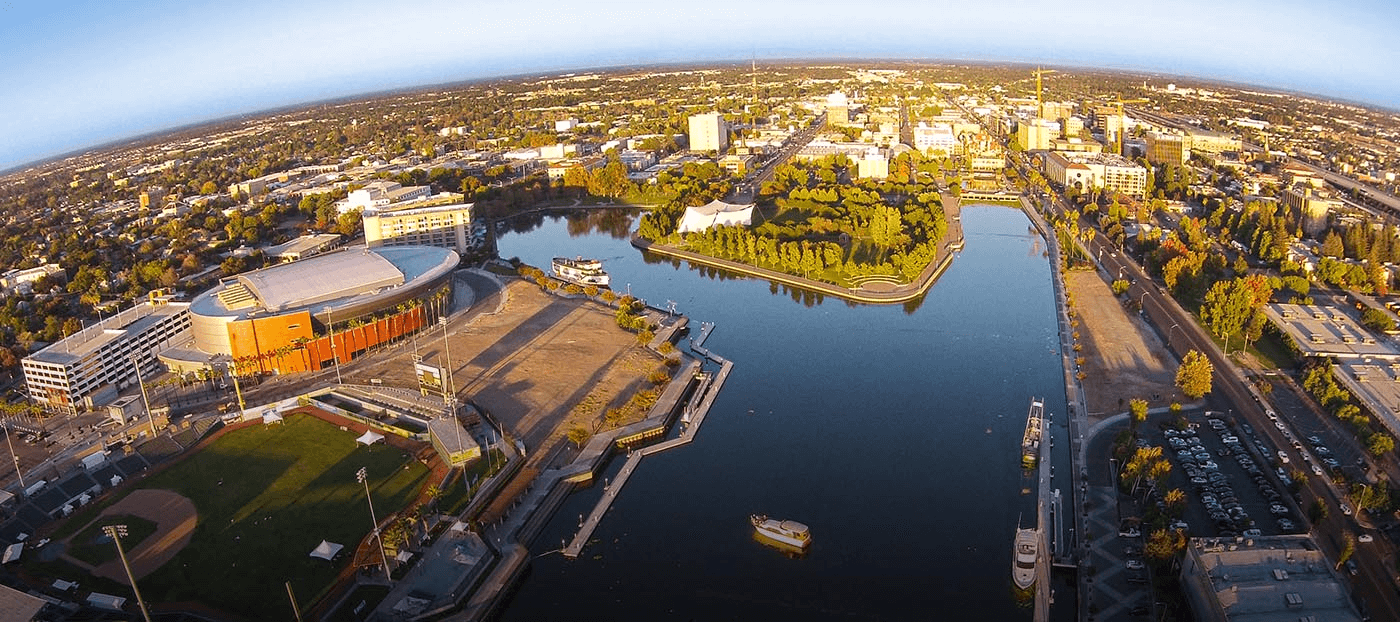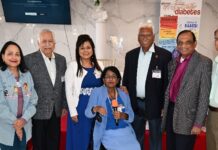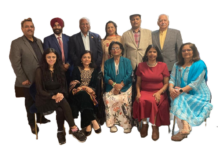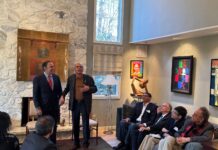Vidya Sethuraman
India Post News Service
San Joaquin ranks 31 among the state’s 58 counties for adults who have completed the primary COVID vaccines and is struggling to raise booster and vaccine rates for younger kids. The county has drawn on an innovative mix of programs to reach an increasingly diverse mix of rural migrants, recently settled refugees, low-income and unhoused people. Speakers at the EMS briefing on July 28 included public health officials and community organizers who have worked on the frontlines of the pandemic since its start.
Dr. Maggie Park, Director of public health for San Joaquin County San Joaquin said the case rate remains high at 35 per 100,000 residents. According to public health officials and community organizations, the county has had to launch an innovative mix of programs to reach an increasingly diverse mix of rural migrants, newly arrived refugees, low-income and homeless people. He stated that in the last 30-days they have had an increase in hospitalizations due to the BA.5 subvariant of Omicron. We only have 65.6% of people fully vaccinated with two doses in San Joaquin County, and if we take into account that six-month-olds can already be vaccinated, that puts the numbers down to 61.8%. vaccination rate. He said the biggest challenge in vaccinating people has been trying to overcome misinformation with all kinds of stories.
José Rodríguez, president of the community-based organization El Concilio in Kern County, said that when COVID hit, they worried because they knew the Latino community would be disproportionately affected because they are essential workers and have limited access to healthcare. We formed a committee of community partners to make sure access to healthcare was available and bring covid tests to their workplaces or meeting places instead of waiting for them to go to health clinics; and we did the same with vaccines. There is a probability of another outbreak, and we are seeing fewer and fewer campaigns to encourage people to get vaccinated, but we are also concerned that we will return to what we call normality without addressing the inequalities exposed in the pandemic.
Kevin Sunga, Director of health for the organization Little Manila Rising, said they serve 82,000 people, mostly Latinos, Filipinos, African-Americans and Cambodians. A lot of our people, predominantly the elderly population who don’t have smartphones, had trouble navigating and accessing information online.
HengSothea Ung, Director of programs for the Apsara organization, which serves Cambodian refugees, said most come from agricultural backgrounds, are low-income and rely on public benefits from the government. “Many of them do not even write in their own language. They are secretive and most have mental health issues due to their experience as refugees, having been through torture, starvation, family separation and mistrust.” So he pointed out that when the pandemic hit, it took them a long time to raise awareness and educate them.







